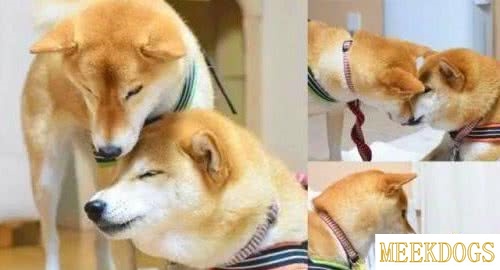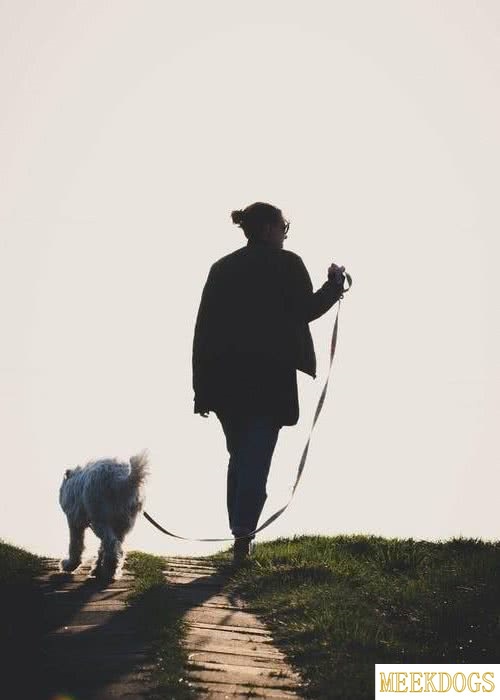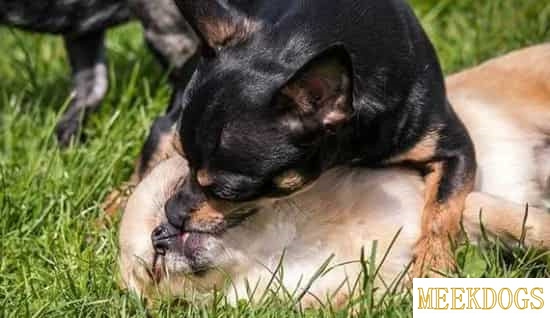How can I tell if my dog is anxious or nervous?
How do you tell if your dog is anxious or stressed?
Signs of anxiety or stress in dogs can include excessive panting or drooling, trembling, hiding, barking, pacing, or destruction of property. Your dog may also become more clingy and seek out more attention than usual.

What are signs of anxiety in dogs?
1. Excessive panting or drooling
2. Excessive barking, whining, or howling
3. Pacing or restlessness
4. Excessive licking
5. Hiding or cowering
6. Seeking comfort from people or other animals
7. Destructive behavior
8. Urinating or defecating in the house
9. Loss of appetite
10. Dilated pupils
How do you calm an anxious dog?
- 1. Exercise: Make sure your dog is getting plenty of exercise. This can help reduce anxiety by releasing pent up energy and providing mental stimulation.
- 2. Create a safe space: Give your dog a place to retreat to when they feel anxious. This could be a crate, bed, or even just a corner of a room.
- 3. Reassurance: Speak calmly and reassuringly to your dog when they are feeling anxious.
- 4. Distraction: Distract your dog with interactive toys or games. This can help take their mind off of whatever is making them anxious.
- 5. Comfort: Offer your dog comfort in the form of petting, cuddling, or even just sitting with them.
- 6. Desensitization: If the anxiety is caused by a specific trigger, gradually expose your dog to the trigger in a safe and controlled environment. This can help them become more comfortable and less anxious.
What makes a dog suddenly anxious?
There are many reasons why a dog may suddenly become anxious, including changes in environment, fear of loud noises, fear of unfamiliar people or animals, feeling threatened, separation anxiety, and medical issues.
How do you know if your dog is anxious or excited?
Anxious dogs may show signs of fear or stress, such as panting, pacing, trembling, cowering, hiding, or barking. Excited dogs may show signs of enthusiasm, such as jumping, tail wagging, barking, and running in circles.

What causes dog stress?
Dog stress can be caused by a variety of factors, including changes in environment, lack of exercise, inadequate diet, lack of social interaction, boredom, separation anxiety, fear, and illness.
What does depression look like in dogs?
Depression in dogs can look different from dog to dog, but some common signs may include changes in appetite, sleeping more than usual, lack of interest in activities they previously enjoyed, increased clinginess, and changes in energy levels. Dogs may also become more withdrawn, have difficulty concentrating, and show signs of general anxiety.
What are the first signs of stress in a dog?
1. Excessive panting or drooling
2. Increased barking or whining
3. Changes in sleeping patterns
4. Loss of appetite
5. Shaking or trembling
6. Aggression or irritability
7. Increased shedding
8. Pacing or restlessness
9. Cowering or hiding
10. Loss of enthusiasm for activities
How do you know if your dog is happy?
Your dog will likely show signs of happiness through their body language. Common signs of a happy dog include a wagging tail, relaxed body posture, play bows, and a relaxed, open mouth with a tongue hanging out. Your dog may also show signs of happiness through their vocalizations, such as a soft, high-pitched bark or whine.

Where to rub a dog to calm them down?
The best place to rub a dog to calm them down is on their chest and sides. You can also rub the sides of their neck, their back, and behind their ears.
Which dog breeds have the most anxiety?
The breeds with the most anxiety are typically the smaller breeds, such as Chihuahuas, Pomeranians, Yorkshire Terriers, and Toy Poodles. Other breeds that are prone to anxiety include Cocker Spaniels, Beagles, German Shepherds, and Labrador Retrievers.
What does severe anxiety in dogs look like?
Severe anxiety in dogs can manifest in a variety of ways, including excessive panting, trembling, pacing, destructive behavior, and aggression. Dogs may also display signs of stress such as excessive licking, hiding, or cowering. In some cases, a dog may even become physically ill due to the stress of their anxiety.
Why is my dog so jumpy at noises?
Dogs can be jumpy at noises due to fear or anxiety. They may have heard a loud noise in the past that scared them, or they may be sensitive to certain sounds. It is important to identify the source of your dog’s fear and address it accordingly. You may need to desensitize your dog to the sound by gradually exposing them to it in a safe and controlled environment. If the fear is severe, it is best to consult with a veterinarian or a certified animal behaviorist for further advice.







